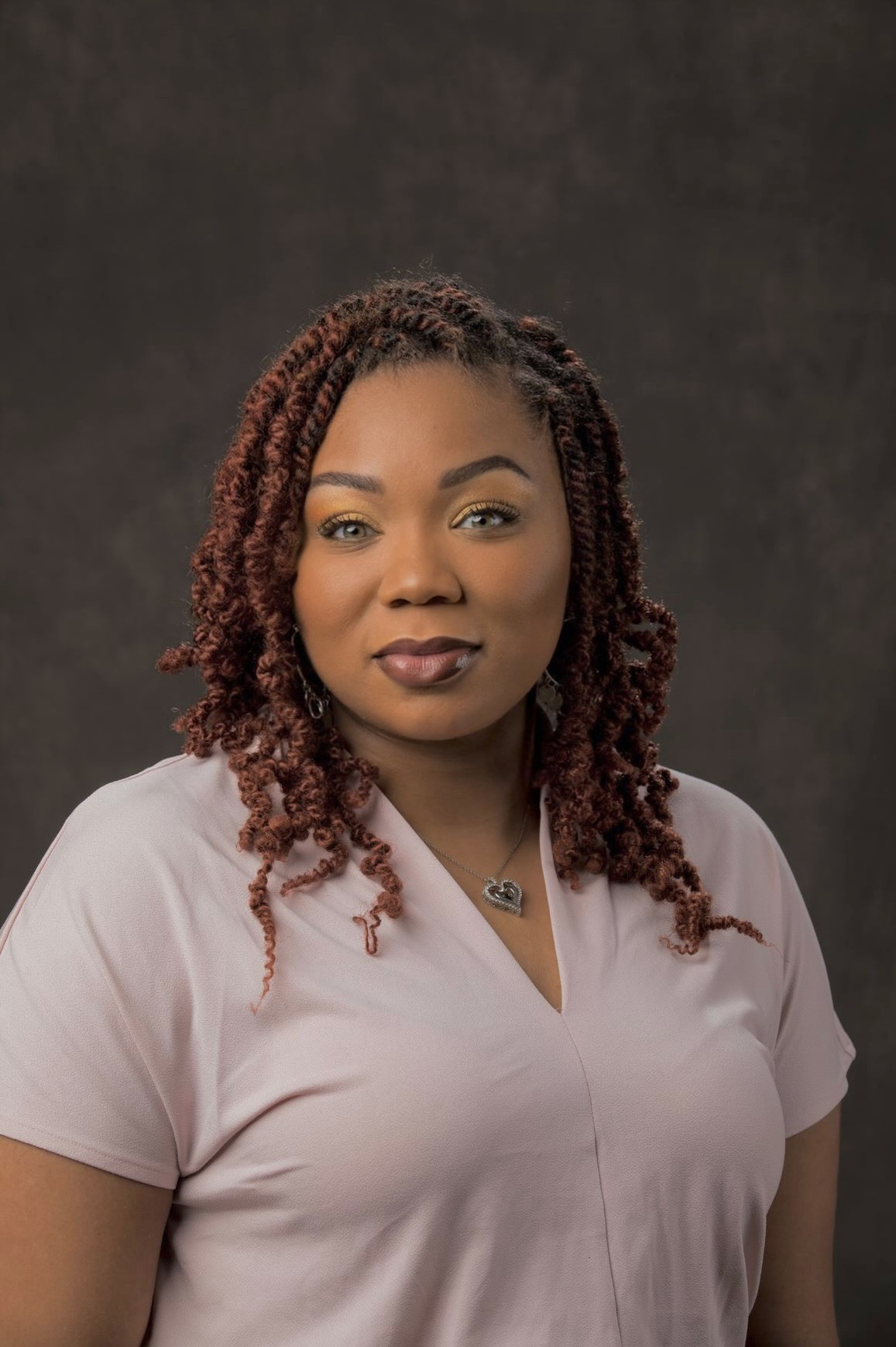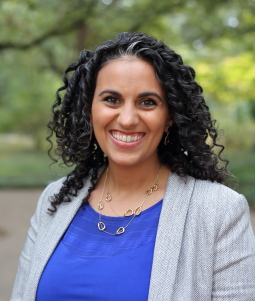Child / Adolescent - Anxiety
Community Involvement as a Moderator between Psychological Abuse and Anxiety in Adolescents
(PS5-20) Community Involvement as a Moderator Between Psychological Abuse and Anxiety in Adolescents

Diamonde McCollum, M.S.
Doctoral Student
University of South Carolina
Cayce, South Carolina, United States
Julie Nguyen, B.S. (she/her/hers)
Doctoral Student
University of South Carolina
Columbia, South Carolina, United States
Nada M. Goodrum, Ph.D.
Assistant Professor
University of South Carolina
Columbia, South Carolina, United States
Author(s)
Co-Author(s)
Background and Objective: In the United States, anxiety symptoms significantly increase during adolescence, which is a vulnerable period for cognitive, neurological, and biological change. By the age of 18, roughly 32% of adolescents report having an anxiety disorder. Stressors such as experiences of psychological abuse (PA) during childhood have been associated with developing anxiety symptoms. Research has suggested that exposure to constant threats through criticism and emotional abuse by caregivers negatively impacts adolescents' psychological well-being and potentially causes sensitivity to situations where conflict may arise. Adolescents may attempt to avoid these situations with their caregiver; however, over time, avoidance strategies may increase stress responses and hypervigilance, potentially resulting in the development of anxiety symptoms. However, based on the stress process theory, community involvement has been seen to be a protective factor against mental health difficulties (i.e., anxiety symptoms) for adolescents. Specifically, research has found that adolescents who resided in disadvantaged neighborhoods but were involved in non-sport and religious-related activities had protective effects on mental health difficulties. However, research is needed to specifically examine the relationship between PA, community involvement, and anxiety symptoms. Thus, the current study examined the moderating role of community involvement between lifetime experiences of PA and anxiety symptoms in an adolescent sample.
Methods: Secondary data from the Longitudinal Studies of Child Abuse and Neglect (LONGSCAN) was used. The sample included 810 adolescents aged 18, with 51.1% female, 48% Black American, 27.6% White American, 8.1% Latin/x, 1% Indigenous, .3% Asian American, and .9% other. Adolescents completed questionnaires related to lifetime experiences of psychological abuse by a caregiver, community involvement (i.e., participation on a sports team, receiving a community service award, being a part of a religious group), and anxiety symptoms. Moderation analyses were conducted to determine if adolescent community connectedness moderated the association between PA and anxiety symptoms.
Results: Adolescent community connectedness moderated the association between lifetime experiences of PA and anxiety symptoms (β = -.060, SE = .02, p = .001, 95% CI [-.095, -.024]). Simple slope analysis suggested that lifetime psychological maltreatment was more strongly associated with anxiety symptoms when adolescents reported low levels of community involvement (β = 1.20, p < .001) compared to when adolescents reported mean levels (β =.99, p < .001) and high levels (β = .79, p < .001) of community involvement.
Conclusion and Implications: This study contributes to the current literature by demonstrating that community involvement may buffer adolescents against the adverse effects of psychological abuse (PA) on anxiety symptoms. Future research can aid the understanding of whether specific types of community involvement have stronger protective effects on the relationship between PA and anxiety symptoms within adolescents.

.png)
